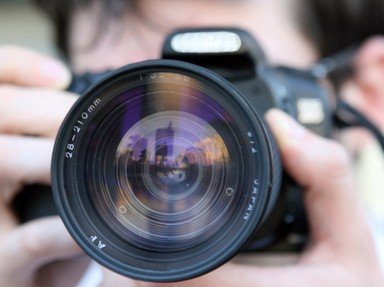Quiz Answer Key and Fun Facts
1. If you were changing your F-stop from f/5.6 to f/4, without changing anything else, which of the following would you be doing?
2. Let's say you have a flash on your camera. Your subject is 1 meter away. Now you move 3 meters away from the subject. Common sense tells us that less light will reach the subject. How much less?
3. Which of the following best describes what the zone system is a technique for?
4. What does HDR stand for?
5. Of what photographic significance is Steven Sasson?
6. If a neutral density filter has an ND number of ND8, what does this mean?
7. What does "Land" refer to in "Polaroid Land Camera"?
8. In flash photography, what does the "PC" in "PC Sync Port" mean?
9. Many millions of years ago (kidding), when photo hobbyists or professionals had their own darkrooms and made their own prints, two common techniques were used called "dodging" and "burning". What were these used for?
10. What does "ISO" stand for?
Source: Author
Bean930
This quiz was reviewed by FunTrivia editor
WesleyCrusher before going online.
Any errors found in FunTrivia content are routinely corrected through our feedback system.
